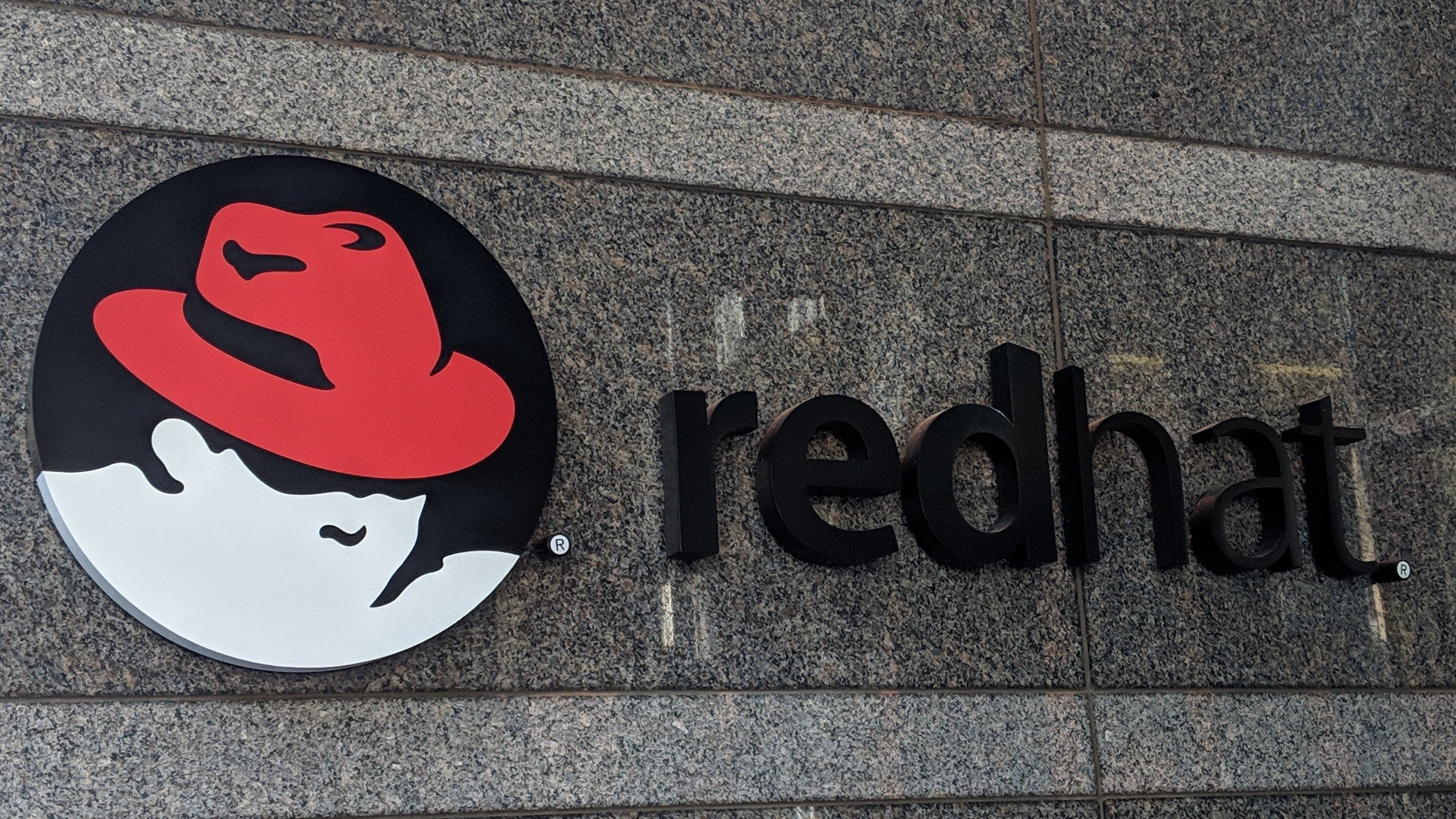 AI
AI
 AI
AI
 AI
AI
IBM Corp. subsidiary Red Hat today introduced Red Hat Developer Lightspeed, a new suite of generative artificial intelligence tools designed to integrate context-aware assistance into developer workflows.
Red Hat also introduced version 8 of its Migration Toolkit for Applications, adding automated replatforming and intelligent refactoring capabilities.
Developer Lightspeed adds generative AI capabilities to two primary tools: Red Hat Developer Hub and the migration toolkit for applications. Both are intended to reduce manual effort and improve the efficiency of developer tasks.
Within the Developer Hub, Developer Lightspeed functions as an AI assistant that helps developers explore application design options, draft documentation, generate test plans and interact through a conversational interface. The assistant supports a “bring your own model” approach, allowing organizations to use public or self-hosted large language models for cost, performance, privacy and other reasons.
Within the MTA, Developer Lightspeed provides intelligent automation for source code refactoring within a developer’s integrated development environment. The assistant leverages knowledge from prior migration projects to refine its recommendations and offer more accurate refactoring suggestions over time.
The new release automates the replatforming of applications from the open-source Cloud Foundry platform to Red Hat OpenShift. It connects to the source platform to identify applications and extract deployment and runtime data, then generates deployment artifacts in the target format using Helm Charts to create OpenShift manifests. Artifacts are stored in a target repository and can be deployed through continuous integration and delivery pipelines.
MTA 8 and Developer Lightspeed are intended to be used together. MTA 8 automates the infrastructure-level process of moving applications to OpenShift, and Developer Lightspeed accelerates code-level modernization through AI-generated refactoring.
The AI assistant analyzes migration issues identified by MTA’s static code analysis and proposes precise fixes. Developers can review explanations and apply solutions with one click. Red Hat said the system becomes more accurate as it learns from successful migrations, enabling faster refactoring for applications with similar architectures.
Organizations typically start by migrating a representative “archetype” application and then applying those lessons across multiple systems. Red Hat said the combination of replatforming and intelligent refactoring tools helps enterprises reduce the complexity and cost of modernization while maintaining quality and compliance with development standards.
By embedding AI directly into developer environments, Red Hat aims to minimize context switching and improve focus, allowing teams to move from problem identification to solution deployment more quickly. The tools are also able to support time-consuming coding activities such as planning, documentation and troubleshooting.
Developer Lightspeed is now available in developer preview through Red Hat Developer Hub and Advanced Developer Suite subscriptions. The version integrated with the migration toolkit for applications is generally available as part of Red Hat Advanced Developer Suite.
Support our mission to keep content open and free by engaging with theCUBE community. Join theCUBE’s Alumni Trust Network, where technology leaders connect, share intelligence and create opportunities.
Founded by tech visionaries John Furrier and Dave Vellante, SiliconANGLE Media has built a dynamic ecosystem of industry-leading digital media brands that reach 15+ million elite tech professionals. Our new proprietary theCUBE AI Video Cloud is breaking ground in audience interaction, leveraging theCUBEai.com neural network to help technology companies make data-driven decisions and stay at the forefront of industry conversations.